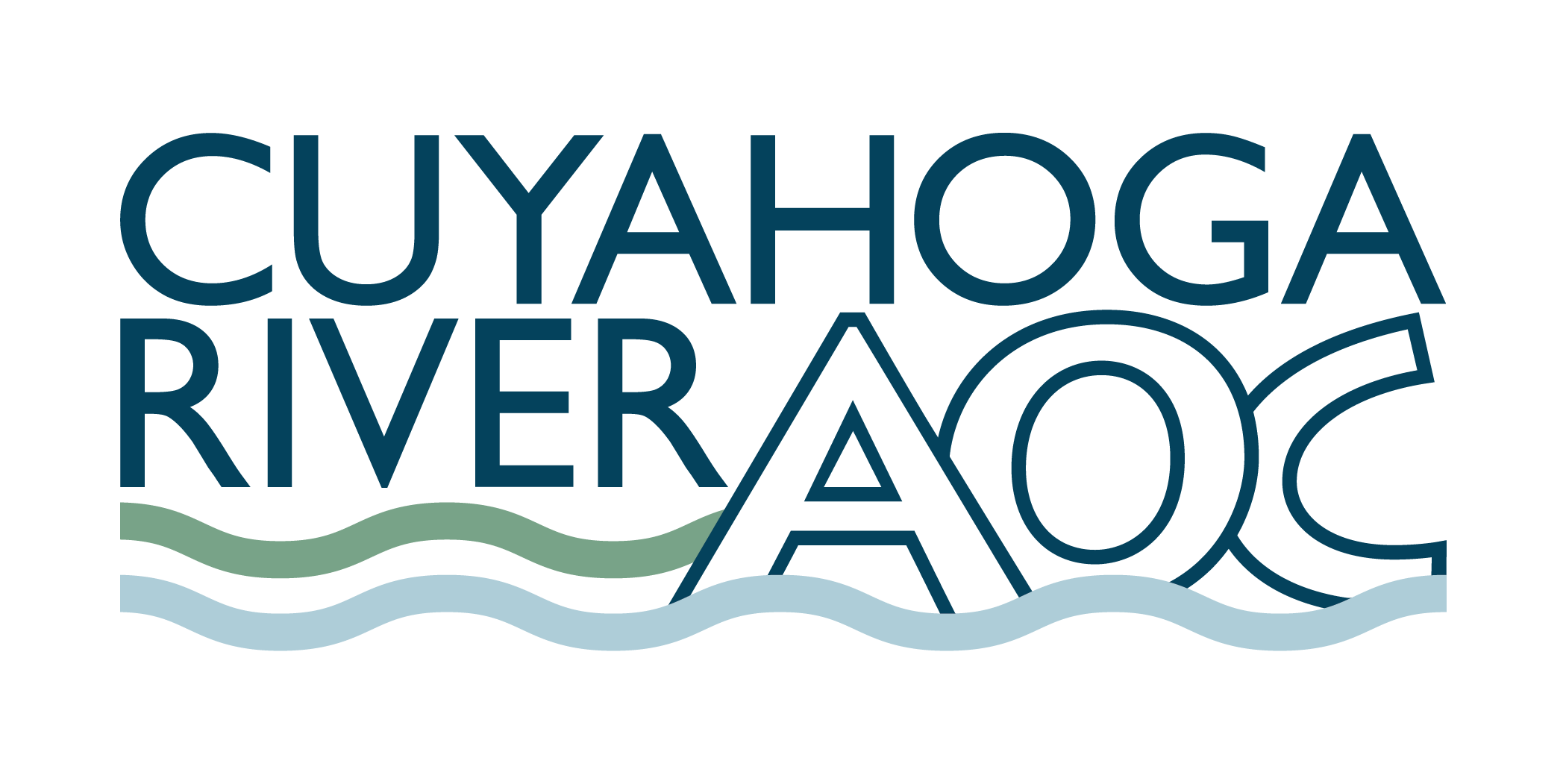Beneficial Use Impairment 8: Eutrophication or Undesirable Algae *REMOVED*
What the delisting guidance says -
This use will be considered restored when the follow conditions are met:
For Riverine waters (upstream of lacustuary or fresh water estuary):
- When the Trophic Index (a tool included in Ohio’s Nutrient Reduction Strategy (Ohio EPA, 2013) demonstrates that conditions are not impaired as a result of excessive algal growth due to sources of nutrients;
OR
- If the Trophic Index is not available, then no persistent nuisance growth of algae, such as filamentous Cladophora, or blooms of blue-green algae have been observed within the last three years due to sources of nutrients from within the AOC.
For Lake affected waters (lacustuary or fresh water estuary):
When waters meet the minimum and the average dissolved oxygen criteria listed in the Ohio WQS, Chapter 3745-7.
1 OMZM = outside mixing zone minimum.
2 OMZA = outside mixing zone average defined as the minimum twenty-four-hour average.
3 The dissolved oxygen minimum at any time criterion for modified warmwater habitats in the Huron/Erie Lake Plain ecoregion, as identified in rules 3745 1 08 to 3745 1 30 of the Administrative Code, is 2.5 mg/l.
AND
- No persistent nuisance growth of algae, such as filamentous Cladophora, or blooms of blue-green algae have been observed within the last three years due to sources of nutrients from within the AOC.
The Delisting Guidance also says:
“Specifically for the Cuyahoga River, exceptions for the dissolved oxygen criteria are included in OAC 3745-1-26 for the LRW waters identified as the Cuyahoga river ship channel (river mile 5.6 @ the Newburgh and South Shore RR Bridge to the Cleveland harbor portion of Lake Erie).
According to the rule, “the physical habitat of the channel and the prevailing background dissolved oxygen regime are insufficient to support any resemblance of the warmwater habitat aquatic life use designation. A use attainability analysis has been conducted and indicated the extant fauna is substantially degraded and the potential for recovery of the fauna to the level characteristic of other Laker Erie river mouths is precluded by irretrievable human induced conditions.
However, the ship channel is used by fish as a migratory route in the spring months. Thus seasonal and stream flow related uses shall be recognized and protected through this rule.” The section E(3)(a) of the rule describes the following exception related to dissolved oxygen, “The limited resource water dissolved oxygen criterion shall be 1.5 mg/L minimum. No dissolved oxygen average criteria apply.”
Section E(5) states “These standards reflect the desire for restoring and maintaining multiple uses of the ship channel expressed by the Cuyahoga River Remedial Action Plan Coordinating Committee. All parties, private and public, who contribute to the dissolved oxygen problem may share a responsibility in the study and attainment of these standards. The dissolved oxygen criteria established in paragraph (E)(3) of this rule are intended to be the minimum planning targets for the remedial action planning process to use in evaluating beneficial use restoration.”
Note
- Water quality problems due to nutrient loadings originating outside of the AOC will not be considered a BUI impairment and will be addressed by other programs as described in the rationale.
Persistent algal growths are considered to be those that occur frequently (annually, multiple times during the season) and that impact the public use of the river. - If waters have more than one designated use (i.e., shipping channel and LRW or MWH) then the lowest target applies.
Progress toward delisting
REMOVED in 2021. This BUI has met all necessary standards to remove it from the Cuyahoga AOC.
New sampling for dissolved oxygen will have to be done in all of the HUC12 subwatersheds as well as the mainstem.
Although the Cuyahoga AOC and Central Lake Erie Basin are not regularly affected by toxic algal blooms to the same extent as our counterpart in the Maumee AOC and Western Basin, nutrient reduction efforts are essential to prevent excessive algae and dissolved oxygen reductions in the tributaries.
Overuse of fertilizer, agricultural (manure) runoff, lack of streamside (riparian) buffers, and other sources of nutrient loading are targets of education efforts.
Severe storm events that carry nutrients into storm drains and streams, and warmer temperatures that promote algae growth, add to the challenge.
We and our partners are addressing mitigation of these types of climate change effects through source-reduction strategies including green infrastructure to retain and detain stormwater, and bioswales and riparian buffers to filter nutrients before they enter waterways.

